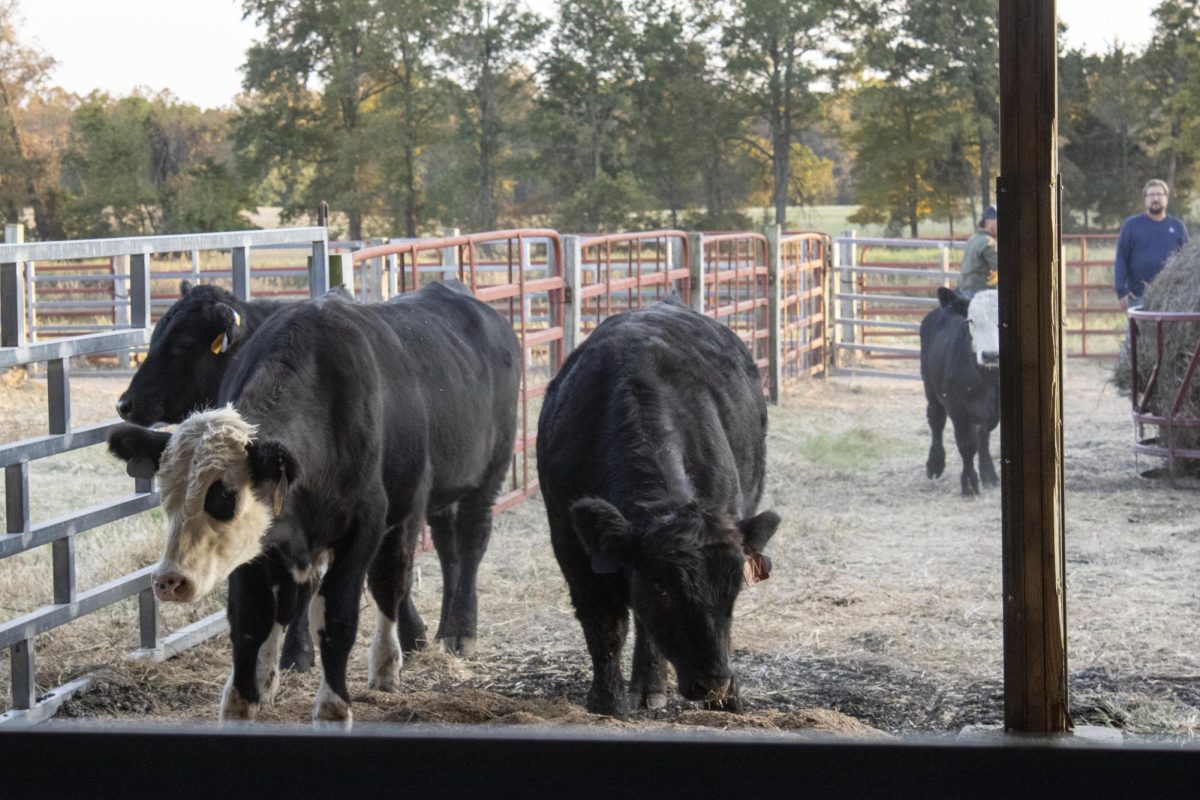DPS032511js-Pt.2
March 25, 2011
DPS032511js-Pt.2
Phil Greer, an assistant photojournalism instructor, said he went with other journalism professors and Bowie to retrieve his film. Greer said the DPS or university officials should have released an official statement on the incident as either would have if a student did something illegal.
According to the law, photographs can be taken in a public place. Photographs cannot be taken inside of a business without the owner’s permission or on private property.
Advertisement
Journalists and officers can have a good relationship, and more communication and respect needs to be in place between officers and students, Greer said.
“It’s almost like they’re afraid for the media to be there; why that would be, I don’t know,” he said. “More often than not, the media — when they do take photos of police officers — they’re portrayed in a pretty decent light. I’m not condemning the university or Carbondale police, but sometimes they’re a little over-exuberant.”
Bill Babcock, a journalism professor with a concentration in media ethics, said even if the officer who took Bowie’s film was undercover, students or reporters and campus police have to have a conversation about how an officer’s identity can be protected. A campus police officer has an ethical responsibility to work with a student or student journalist to have that conversation in the heat of the moment, he said.
Babcock said adults who work at any university have a responsibility to teach students, including campus police. The conversation of who and how campus police officers serve and protect needs to be discussed on a more regular basis, he said.
Bill Freivogel, director of the School of Journalism, said police can set up police lines, tell reporters and photographers not to cross them and potentially arrest them if they do cross. However, in the Bowie incident, there were no police lines and Bowie didn’t break any laws, he said.
“If a photographer standing on a sidewalk in a public place takes a photo of an undercover police officer making an arrest, it would not seem as though the police officer would have any authority to seize that camera, that film or to detain that photographer,” Freivogel said.
While Sigler said the relationship between the DPS and journalists and students is healthy, Eric Fidler said the nature of journalism and law enforcement brings journalists and police into conflict.
Advertisement*
“Relations between police officers and reporters are often testy; it’s frequently seen as an adversarial relationship,” he said.
Fidler, journalism professor and faculty adviser for the DE, said he was threatened with arrest by Chicago police while he worked for The Associated Press. A good relationship between reporters and police is established when reporters gain the trust of officers, he said. At SIUC, community and campus police experience an ever-changing cast of students, which can make trust difficult to establish.
Incidents involving police officers and students after the Bowie case haven’t escalated in the same way, but problems still persist, Fidler said. He said in one case, a student photographer entered a dormitory uninvited and without permission after a student death, which angered University Housing and the DPS.
While he understands why university regulations exist and knows the student’s actions were wrong, Fidler said the student was trying to find information about what happened, and in reporting, journalists will come into conflict with not just the campus police.
“The job of the student journalists at the Daily Egyptian is to find and report on the truth; it’s not necessarily to adhere to all university regulations,” he said. “That’s true at the Southern, the St. Louis Post-Dispatch, the New York Times and the Pawtucket Gazette.”
Julie Swenson can be reached at [email protected] or 536-3311 ext. 254.
Advertisement









